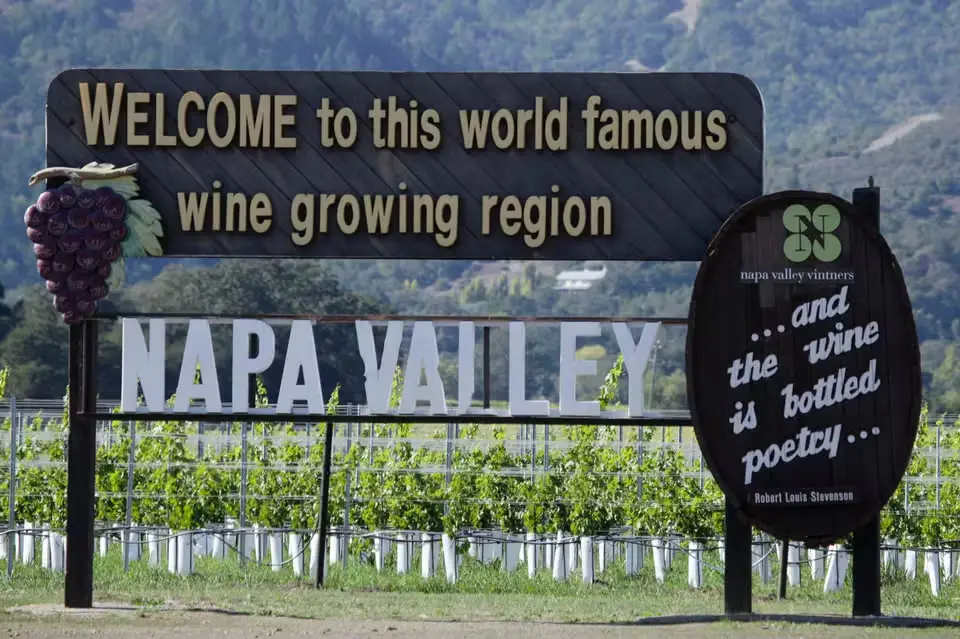Exploring the Boldly Diverse Wines of New York
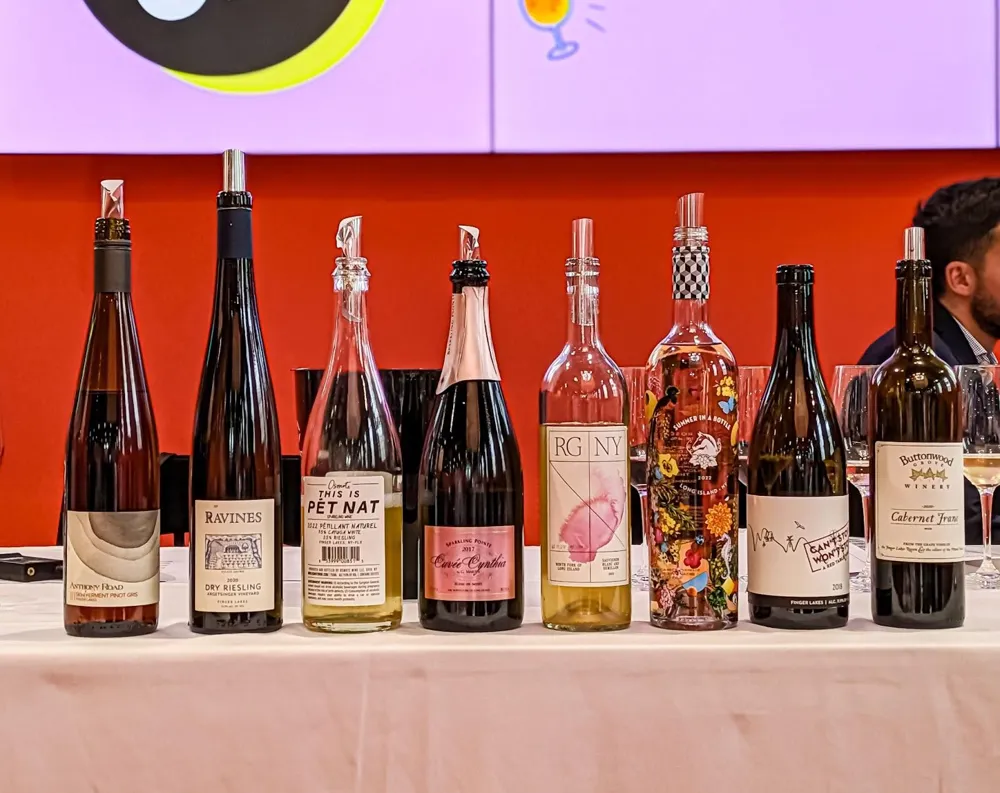
I recently attended the masterclass titled "Explore the Boldly, Diverse Wines of New York" during Vinexpo Paris 2024, which proved its excellence. The event, organized by The New York Wine & Grape Foundation, featured wine educator Tanisha Townsend as the mediator, alongside winemakers from New York State. The masterclass aimed to introduce and guide wine professionals from around the world through an exploration of the wines of New York.
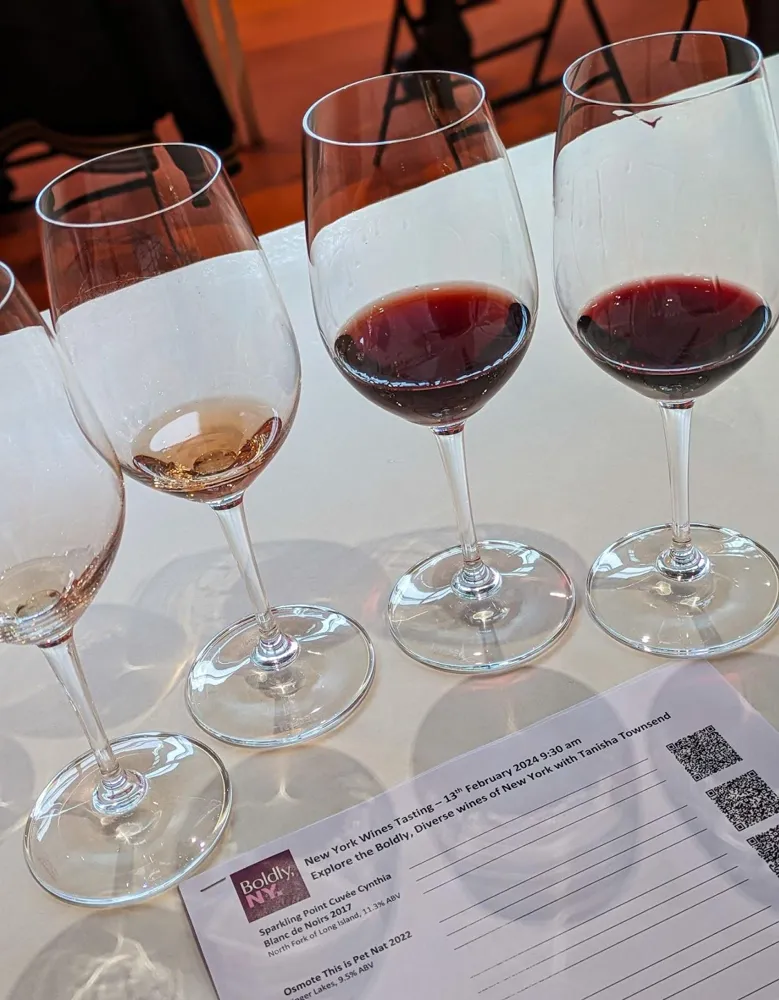
The Wine Growing Areas in New York State
Despite not having the same reputation as the West Coast states in wine production, New York is, in fact, the third-largest wine-producing state in the United States, with 35,000 vineyard acres (14,164 hectares) and over 470 wineries by 2019. New York State encompasses seven major AVAs:
- Finger Lakes
- Hudson River Region
- Upper Hudson
- Champlain Valley
- Lake Erie
- Long Island
- Niagara Escarpment
Among these AVAs, the Finger Lakes and Long Island stand out as New York's two major wine-producing regions.
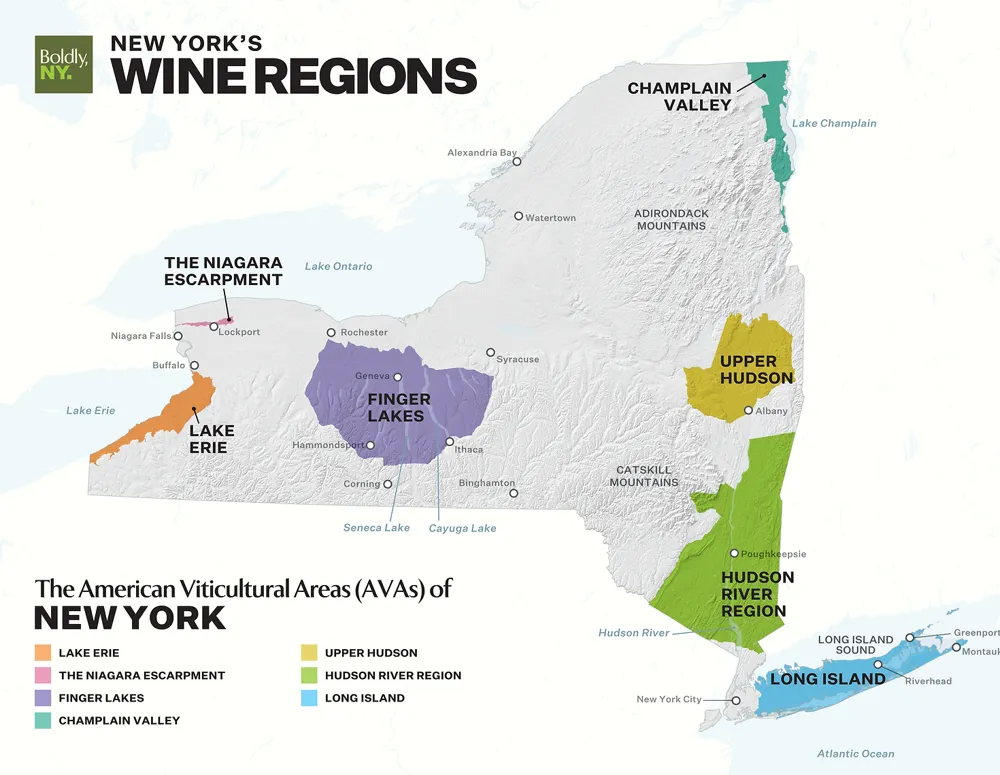
Climate and Grape Varieties
The climate of New York State plays a pivotal role in shaping the character of its wines. Generally considered too cold for winegrowing, the presence of ample water bodies, including lakes and rivers, significantly influences viticulture across the state. The Finger Lakes, particularly lakes Seneca and Cayuga are deep and never freeze during winter. Producers there are harnessing the moderating effects of large bodies of water, which mitigate the severity of winter frosts, and ensure the survival of vines.
The dominant soil composition in this area is black shale, accompanied by a significant variety of topsoils. The soils in the wine regions have their origins in the last glacial advance. As the glacial melt occurred, it deposited soils and rocks, contributing to the development of a diverse range of soil types that are closely situated to each other. Gravel and shale soils with substantial clay deposits are found in the Finger Lakes region while sandy soils in the Long Island region.
Finger Lakes Riesling is what puts New York wines on the map of the world's premium wines. Throughout the state, European Vitis Vinifera varietals, hybrid varieties, and native varieties are cultivated. Notable grape varieties include:
- Concord (native red)
- Catawba (native white)
- Riesling (vinifera white)
- Chardonnay (vinifera white)
- Merlot (vinifera red)
- Cabernet Franc (vinifera red)
Wine Style of New York Wines
New York wines are celebrated for their bold yet elegant profiles. Despite the diversity of grape varieties and terroirs, these wines share common characteristics. They are often low in alcohol, high in acidity, and remarkably food-friendly. The cool climate ensures grapes ripen slowly, retaining a good level of acidity.
The New World winemaking style emphasizes fruit characters, while the varieties grown here and the delicate profile of the wines make oak not prominent in general for New York wines. The fruity and nuanced profile makes New York wines easy to pair with all kinds of foods, from savory Asian cuisine to robust grilled steak.
New York's wine industry exemplifies diversity, much like other wine regions in the United States, producing high-quality wines from an extensive array of grape varieties and wine styles. During the tasting, we had the opportunity to sample eight wines from Finger Lakes and Long Island in New York. These included traditional method sparkling, classic Finger Lakes Riesling and Cabernet Franc, Bordeaux blend, Pet Nat, and a skin-macerated Pinot Gris which are popular in the market due to the natural wine movement.
With the "eat local, drink local" trend gaining momentum and the influence of the post-Covid era, New York wines are increasingly favored by the local market. While the majority of New York wines are sold and marketed locally, some are gaining international recognition and success beyond the state's borders.

Wrap Up
The masterclass offered a comprehensive insight into the rich tapestry of New York wines, highlighting their distinctive attributes. Dear VinoVosser, why not start your own journey of discovery by exploring the wines of New York? Whether through vinovoss.com or local wine shops and wine bars, there has never been a better time to experience the bold and diverse wines that New York has to offer.
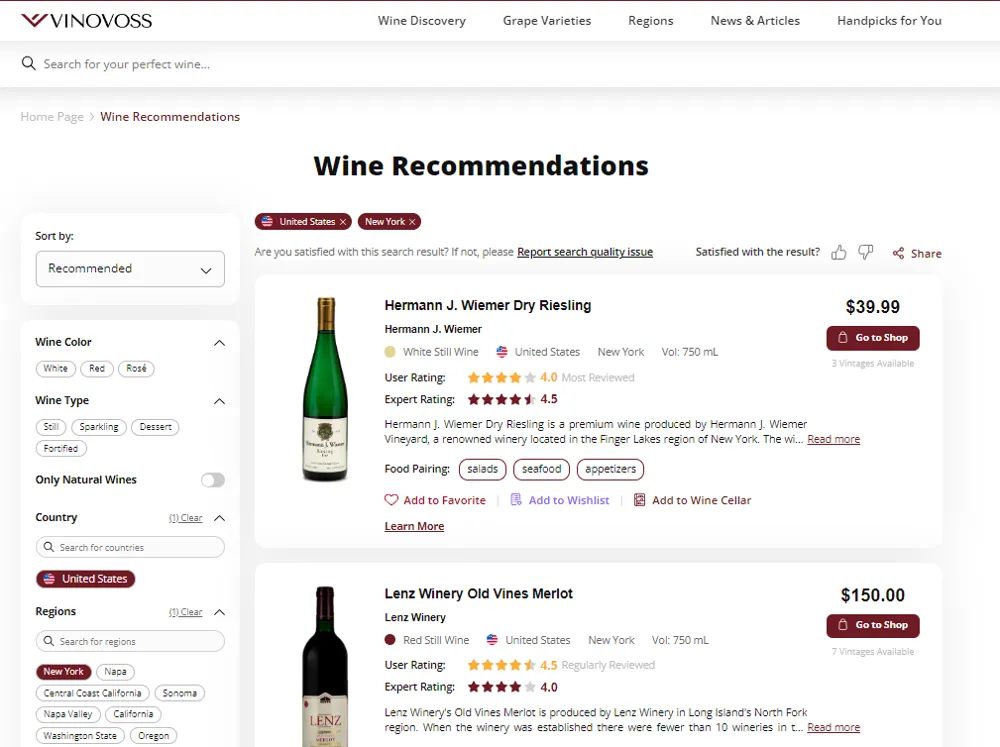
Sylvia Ba
